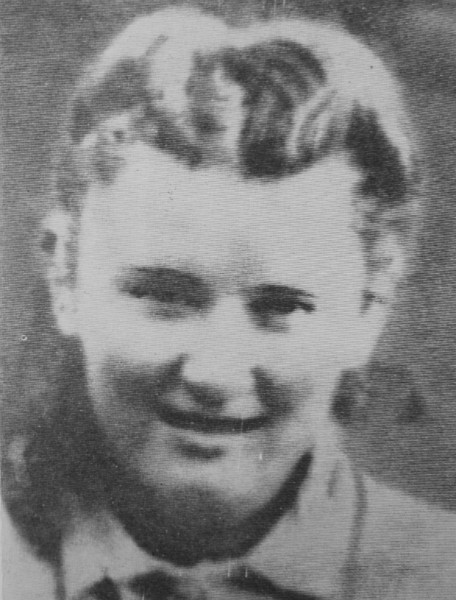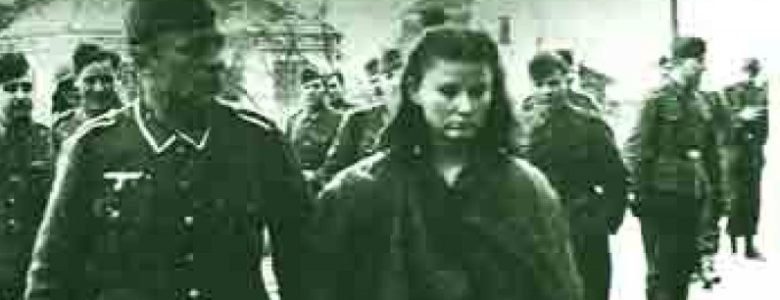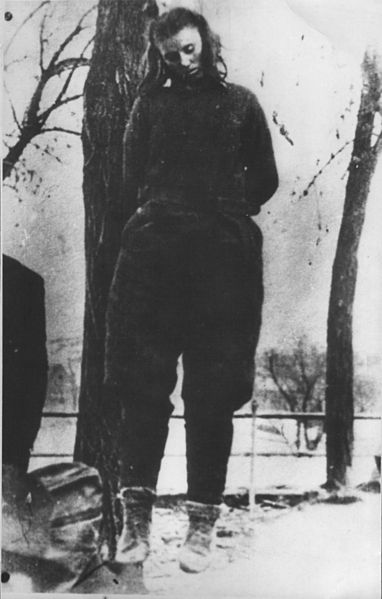WW II: Meet Lepa Radić, The Badass 17-year-Old Girl That Died Fighting Nazis

WW II: Meet Lepa Radić, The Badass 17-year-Old Girl That Died Fighting Nazis
The Balkan states of Southeastern and Central Europe were conquered and unwilling subjects of foreign powers for six hundred years. First the Ottoman, and the Austro-Hungarian Empires.
The dream of a single state for ethnic Serbs, Croats and Slovenes had been around for some two hundred years at the beginning of the 20th century.
The spark that began WW1 and ultimately changed the world was hit by the “Black Hand,” a secret Serbian liberation society, no matter what.
The dream of sovereignty took form and shape in the wake of WW1, the six constituent republics of the Socialist Republic (SR) of Bosnia and Herzegovina, SR Croatia, SR Macedonia, SR Montenegro, SR Serbia, and SR Slovenia merging to form the “Kingdom of Serbs, Croats and Slovenes”.

A creation of the treaty ending the Great War, the place was referred to as the “Versailles State“, for the first ten years. The name was officially changed to Yugoslavia in 1929, literally translating as the “Land of all South Slavic peoples“.
Lepa Svetozara Radić was born into this world on December 19, 1925. From her earliest student days, Lepa Radić was known for dedication and hard work, a smart and serious girl, dedicated and reading well above grade level.
Radić developed strong left-of-centre political views, taking influence from uncle Vladeta Radić, a strong proponent of the labour movement. By that age when young teenage girls are thinking of other things, Radić had joined the League of Communist Youth of Yugoslavia (SKOJ). By the time she turned fifteen in 1941, she was a member of the Yugoslavian Communist Party.
As World War 2 enveloped the continent, a group of disaffected Yugoslav Army Air Force officers plotted to overthrow the government in Belgrade. The Cvetković government signed the Vienna protocol on March 25, 1941, signalling its intention to join the Tri-Partite pact of Nazi Germany, Fascist Italy and Imperial Japan. The bloodless coup d’état of two days later overthrew the Prince Regency of Paul Karađorđević, installing the pro-western, seventeen-year-old King Peter II, with encouragement and support from the British Special Operations Executive (SOE).

Adolf Hitler was apoplectic, taking personal offence at the coup d’état. Der Fuhrer had no interest in waiting to see if the new government would declare loyalty. Hitler summoned his military advisers the same day, determined “to destroy Yugoslavia militarily and as a state” and to do so “with pitiless harshness.”
The Nazi invasion of Yugoslavia was overwhelming, simultaneously launched from bases in Germany, Hungary, Romania and Bulgaria. The Yugoslav state never had a chance. It was all over, in eleven days.
The invasion was over in April, but not the Resistance. With the German stranglehold in tight control of the towns and roadways, a Serbian resistance was quick to form in the wild mountains of the war-torn nation. Two of them really: the Chetniks, dedicated to supporting of the Royal government in exile and the ferociously pro-Communist Partisans, under the leadership of Josip Broz “Tito.”
For the Radić family, there was no question of loyalty. Lepa’s father Svetor and uncles Voja and Vladeta joined the Partisans in July, leading to the arrest of the entire family by the Ustashe, the fascist Nazi-puppet government of Yugoslavia.
Resistance fighters freed the Radić family in weeks. That December, Lepa and her sister Dara officially joined the Partisans.
Though only fifteen, Lepa Radić was as fierce in her opposition to the Nazis, as any Partisan. She volunteered for the front lines, joining the 7th Partisan company of the 2nd Krajiski Detachment, transporting wounded and defenceless from the battlefield. Did I mention, she was fifteen years old.
Lepa was found out in February 1943, coordinating the rescue of 150 women and children attempting to flee the Nazis. She fired everything she had at attacking SS forces but never had a chance. Lepa Radić was captured and sentenced to death by hanging, tortured for three days to extract information on Yugoslavian Resistance.
She gave up the cube root of zero.She was brought to a hastily constructed gallows on February 8, 1943, and hanged in full view of the public.

Moments before her execution with the rope around her neck, Radić was offered a pardon. All she had to do, was give up the names of her Partisan comrades.
“I am not a traitor of my people”, she said. “Those whom you are asking about will reveal themselves when they have succeeded in wiping out all you evildoers, to the last man.”

Those were her last words.
The Swedish-American poet Carl Sandburg once wrote “Valor is a gift. Those having it never know for sure whether they have it until the test comes.”
Were I ever to be half so egregiously tested, I hope I would prove myself half the man, as that seventeen-year-old girl.